The difference between YJV cable and VV cable
YJV and VV are two cables with different insulation materials. General indoor permanent projects tend to choose YJV cables. VV cables are generally used in low-voltage systems, while YJV cables are mostly used in high-voltage systems. YJV cables are better than VV cables in terms of temperature resistance, voltage resistance and corrosion resistance. It's just that the price is more expensive. YJV—Copper core XLPE insulated and PVC sheathed power cable. VV—Copper core PVC insulated and sheathed power cable. YJV—Voltage level (k V) 6~500, the maximum allowable working temperature is 90℃. VV—Voltage level (k V) 1~6, the maximum allowable working temperature is 65~70℃.
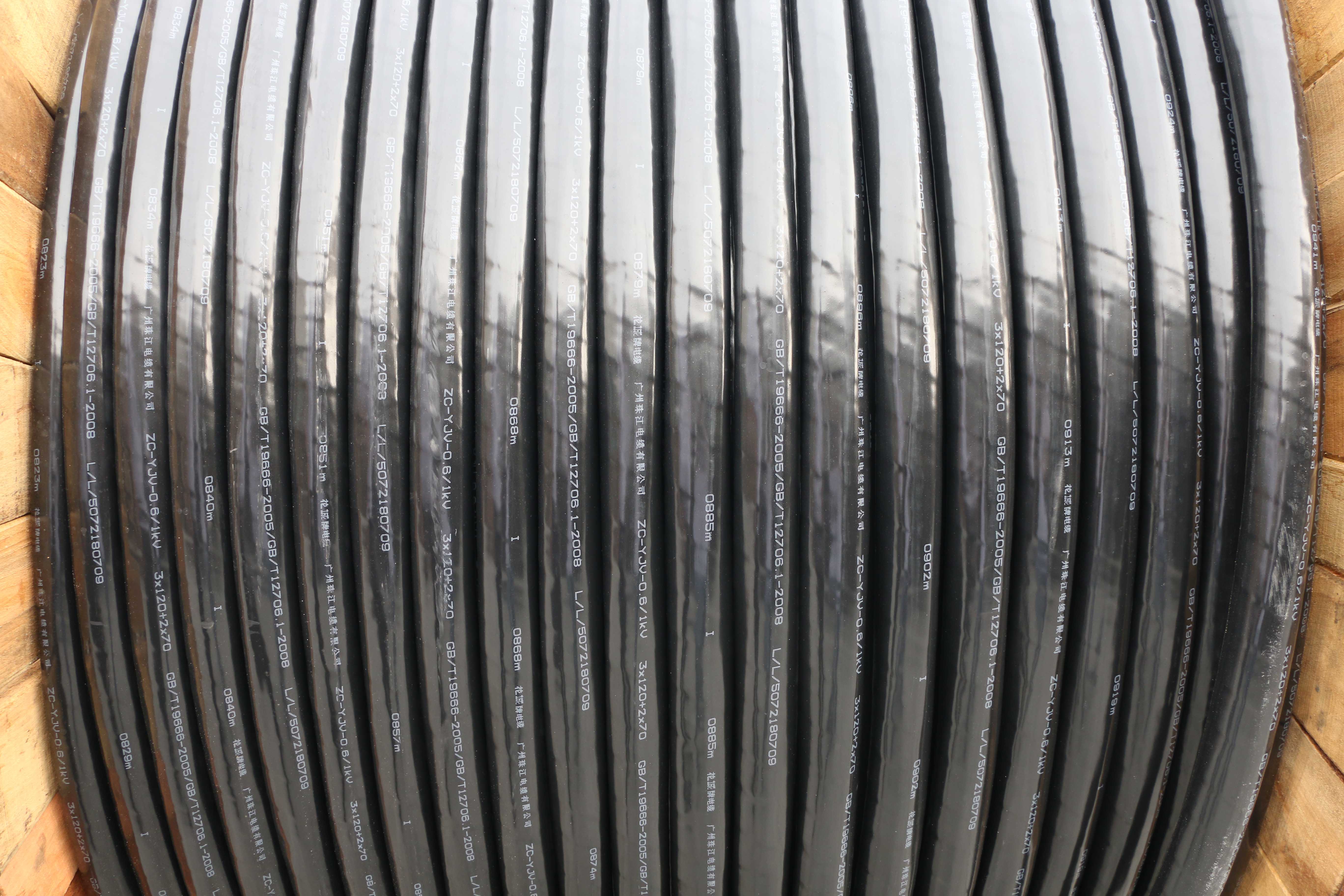
The VV cable is PVC insulated and sheathed and made of thermoplastic material. YJV cables are cross-linked PVC insulated and sheathed with thermosetting materials. It is precisely because of the different materials that the maximum temperature of VV and YJV cables is different for long-term operation.
1. The maximum rated operating temperature of VV cable (VLV) cable conductors is 70 degrees Celsius, and the maximum temperature does not exceed 160 degrees Celsius when short-circuited (the duration is less than 5 seconds).
2. The maximum rated temperature of YJV cable (YJLV) cable conductors is 90 degrees Celsius, and the maximum temperature does not exceed 250 degrees Celsius when short-circuited (the duration is less than 5 seconds).
Therefore, the current carrying capacity of the two cables is different, and the YJV is larger.



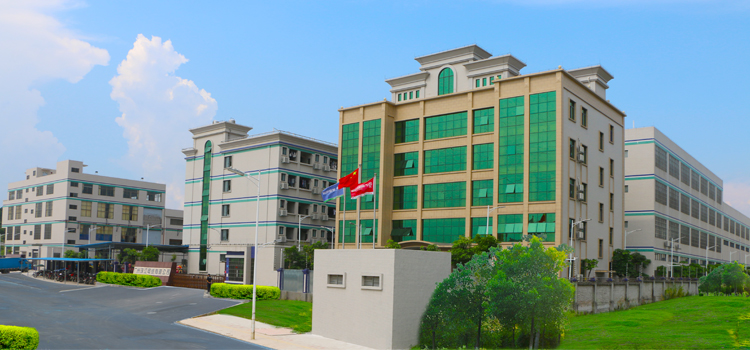 Company Profiles
Company Profiles Company Culture
Company Culture Message
Message Honor
Honor Video Center
Video Center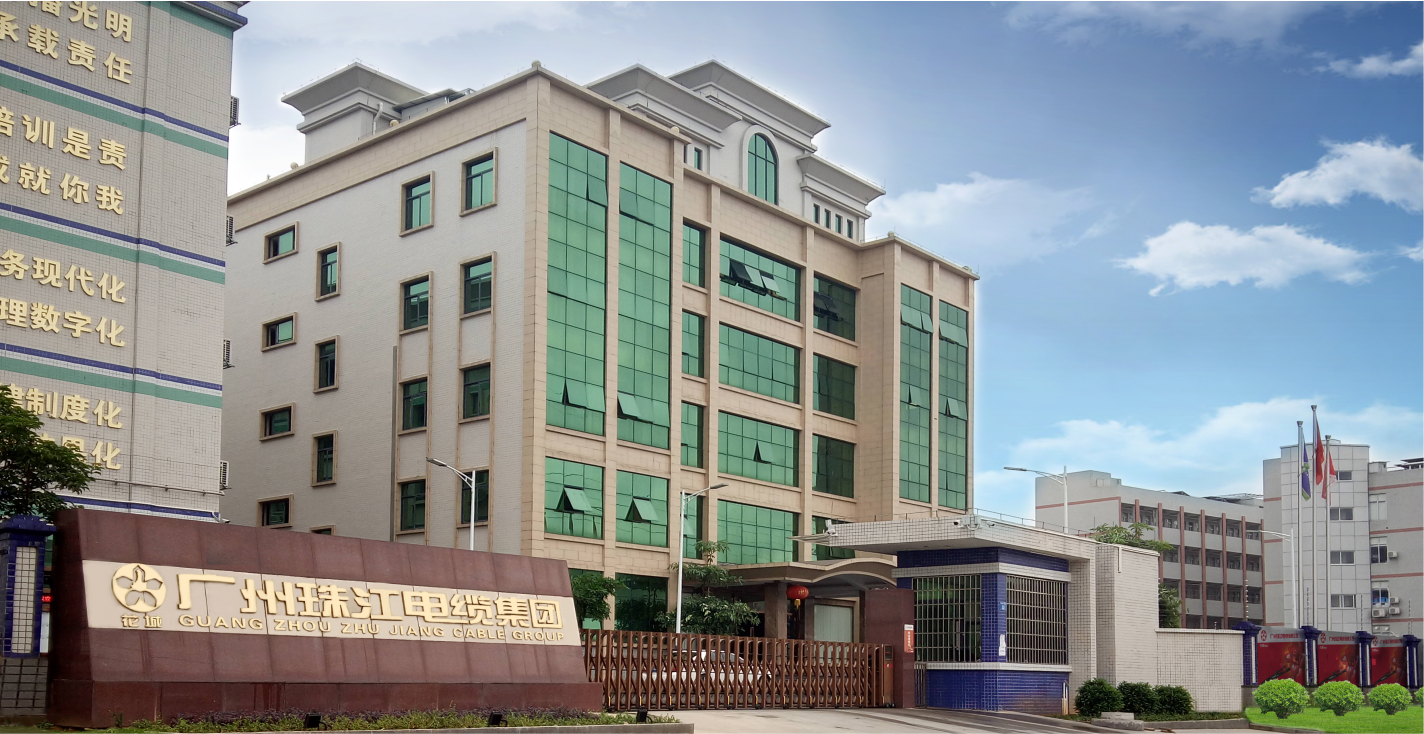 Company Reality
Company Reality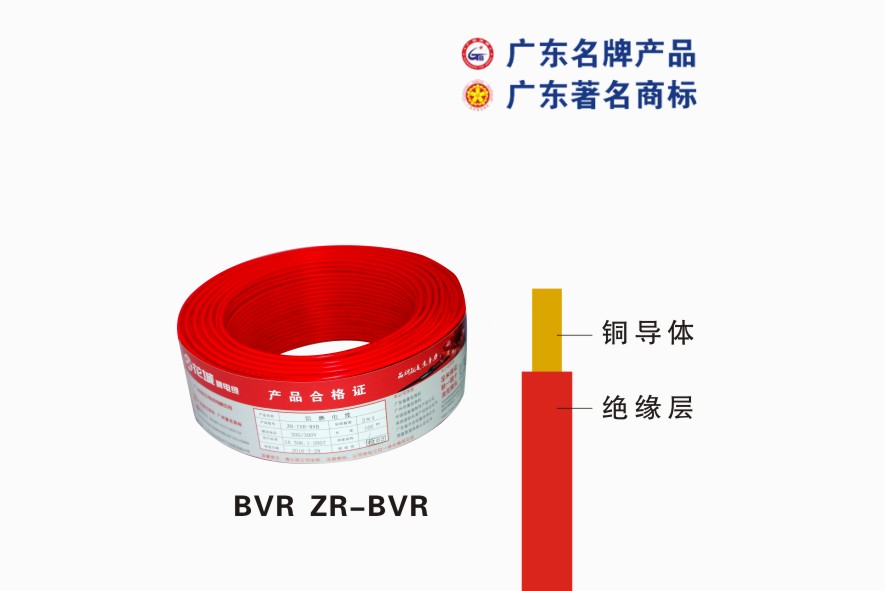 Pearl River Cable
Pearl River Cable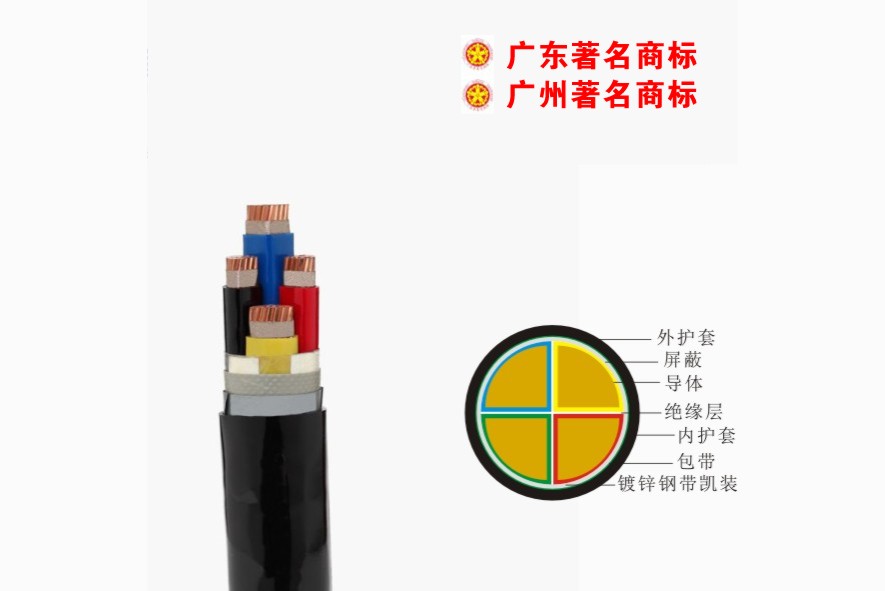 Low Voltage Cable
Low Voltage Cable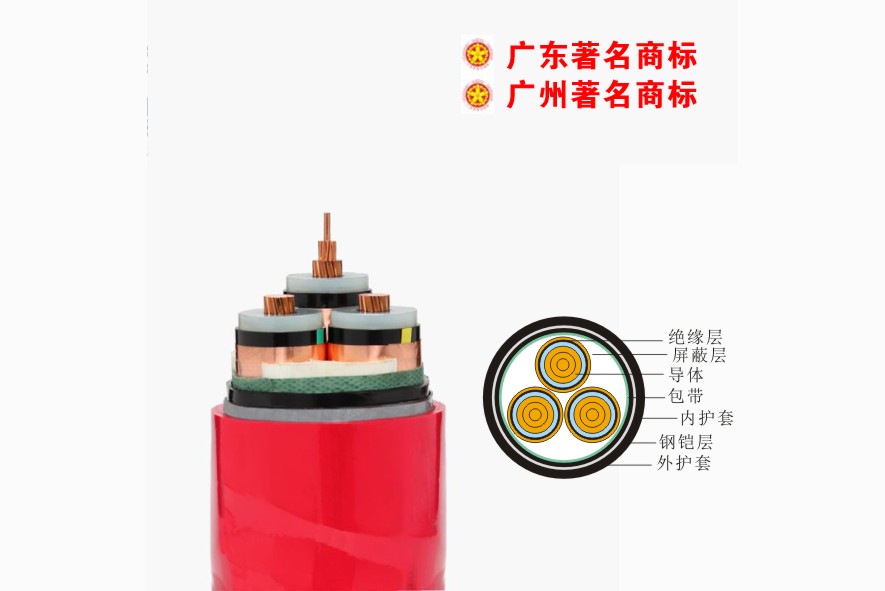 Medium Voltage
Medium Voltage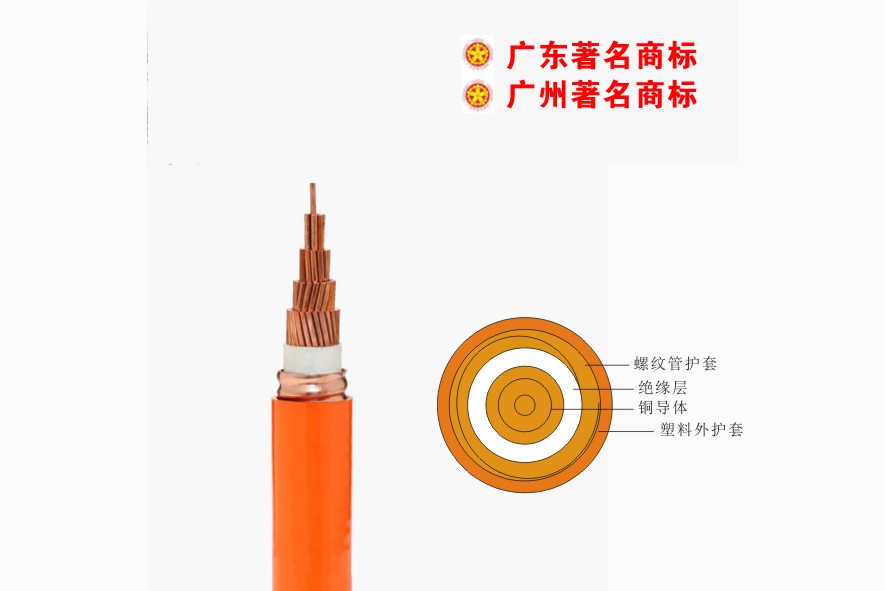 Mineral Cable
Mineral Cable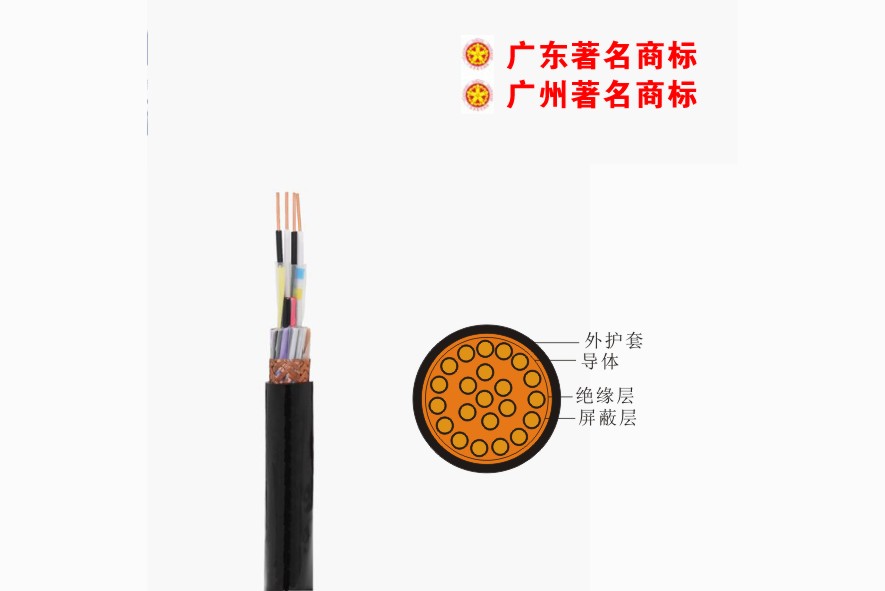 Control Signal Cable
Control Signal Cable Corporate News
Corporate News Cable Information
Cable Information Media Reports
Media Reports Network Reprint
Network Reprint


